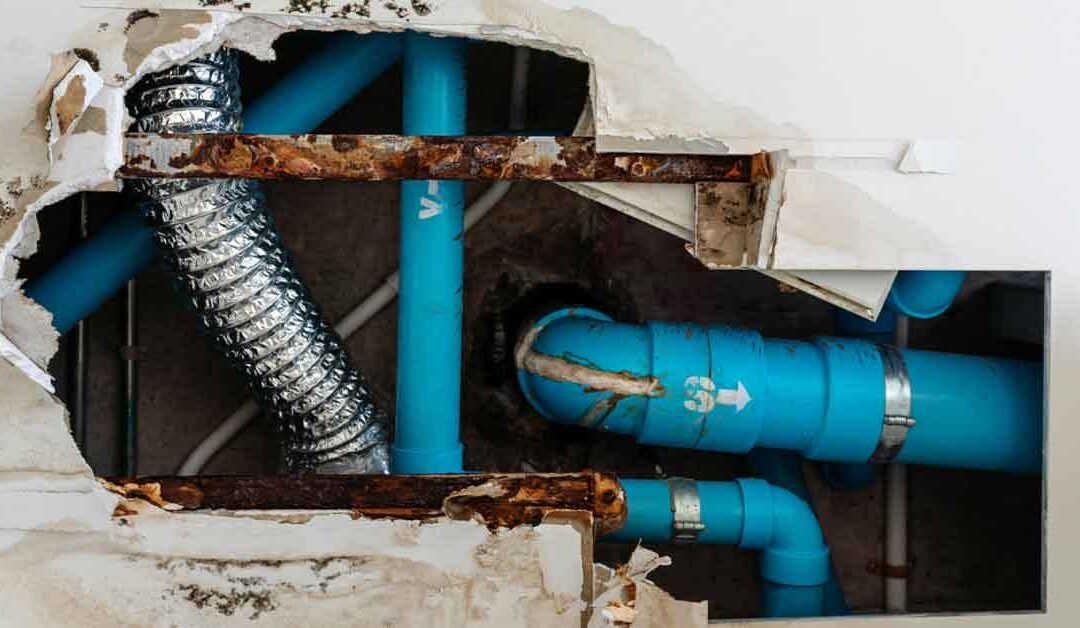
Sewer systems are an integral part of modern urban infrastructure, responsible for carrying wastewater and sewage away from our homes and communities. Over the years, the materials used in sewer pipes have evolved, with modern options like PVC and cast iron becoming the norm.
However, in many older neighborhoods and cities, you can still find sewer systems comprised of old drain pipe materials such as clay drainage pipes and terracotta pipes. In this comprehensive blog, we will delve into the advantages and disadvantages of these old sewer pipe materials, shedding light on their characteristics and why they are still in use today.
Advantages of Clay Drainage Pipes
- Durability: Clay drainage pipes have a rich history and reputation for their durability. They have been used for centuries and can withstand the test of time. The very fact that many of these pipes are still in use today is a testament to their longevity.
- Environmentally Friendly: Clay is a natural material that is both abundant and eco-friendly. It doesn’t harm the environment during its production or disposal, making it a sustainable choice for sewer systems.
- Resistant to Chemicals: Clay pipes exhibit excellent resistance to the corrosive effects of sewage and chemicals found in wastewater. This resistance ensures a longer lifespan for the pipes.
- Fire Resistance: Another notable advantage of clay drainage pipes is their excellent fire resistance properties. This reduces the risk of fire-related damage to sewer lines, providing an added layer of safety.
- Non-Toxic: Clay pipes do not release harmful substances into the soil or water, ensuring that they do not pose a threat to the environment or public health.
Disadvantages of Clay Drainage Pipes
- Fragility: While durable, clay pipes are more fragile compared to modern materials like PVC. They can be susceptible to cracking or breaking if subjected to excessive pressure or ground movement. This fragility can lead to costly repairs and maintenance.
- Limited Joint Options: Clay pipes typically use mortar joints to connect sections. These joints can be prone to leaks if not installed correctly, leading to potential water infiltration and sewage leakage issues.
- Maintenance Challenges: Due to their age and the limited availability of sewer line replacement parts, the maintenance and repairs of clay pipes can be challenging and costly. Finding compatible components for older systems can be a cumbersome process.
Advantages of Terracotta Pipes
- Aesthetic Appeal: One of the unique advantages of terracotta pipes is their timeless, rustic appearance. This aesthetic appeal can complement historic neighborhoods and architectural styles, preserving the character of older communities.
- Environmentally Friendly: Similar to clay, terracotta is a natural material that is eco-friendly. Its production and disposal have minimal environmental impact, making it a sustainable choice.
- Resistant to Corrosion: Terracotta pipes, like their clay counterparts, resist corrosion from sewage and chemicals. This resistance ensures that they can maintain their structural integrity over time.
- Thermal Insulation: Terracotta pipes provide some degree of thermal insulation. This can be especially valuable in regions with cold climates, as it reduces the risk of freezing and cracking during winter months.
Disadvantages of Terracotta Pipes
- Fragility: Similar to clay pipes, terracotta pipes are prone to breakage and cracking, especially in areas with shifting soil or heavy traffic. This fragility can lead to frequent maintenance and repair needs.
- Limited Availability: Finding replacement terracotta pipes and fittings can be a challenge due to their age and limited production in recent years. Sourcing compatible components can be time-consuming and costly.
- Installation Challenges: Installing terracotta pipes may require skilled craftsmanship to ensure proper alignment and sealing of joints. The use of mortar joints can also lead to potential leakage issues if not executed correctly.
Conclusion
Old sewer pipe materials like clay drainage pipes and terracotta pipes offer unique advantages and disadvantages that homeowners, municipalities, and professionals must consider when dealing with historic sewer systems. While these materials have stood the test of time in terms of durability and environmental friendliness, their fragility, limited joint options, and challenges associated with maintenance and repair can pose significant hurdles.In conclusion, the choice between preserving these historical sewer systems or replacing them with more modern materials like PVC ultimately depends on various factors, including budget, location, and the importance of maintaining the aesthetic appeal of older neighborhoods. By weighing these considerations, stakeholders can make informed decisions about the future of their sewer infrastructure.







